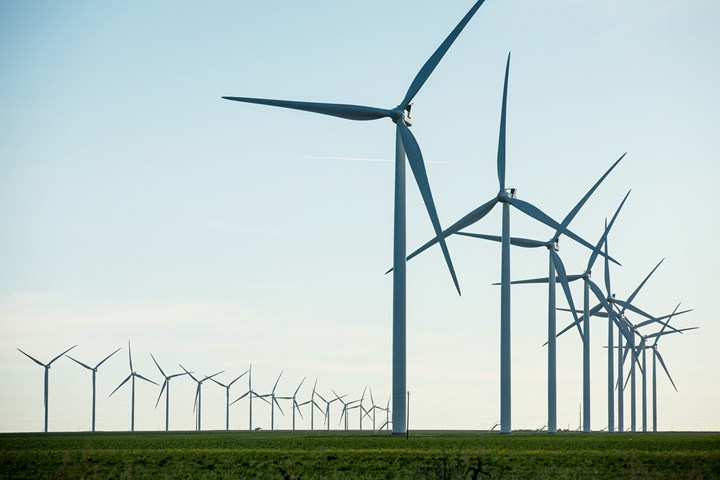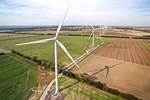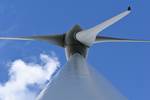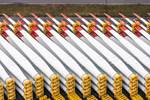DecomBlades consortium releases specifications for disposal of composite wind blades
The Product Disposal Specifications aim to help industrialize wind blade recycling, detailing materials and components of Siemens Gamesa, Vestas and LM Wind Power blades.

The DecomBlades innovation project, a 10-partner European consortium begun in early 2021, has released new specifications for disposal of composite wind blades, as the latest milestone toward the project’s goal of enabling wind blade dismantling and recycling.
The Product Disposal Specifications were developed by mapping out the composition of the blades of blade manufacturers and projject partners Siemens Gamesa (Zamudio, Spain), LM Wind Power (Kolding, Denmark), and Vestas (Aarhus, Denmark). Once mapped, the data has formed the base for a standardized recommendation for blade disposal specifications, which includes what materials are used in the blades and where they are situated. This is intended to make it is easier for recycling companies to separate the blades and recycle the parts.
John Korsgaard, LM Wind Power senior director of engineering excellence and chair of the DecomBlades Steering Committee, says, “The wind industry wants to support the development of an actual market for recycling blades. Recycling will never happen unless there is a market for it, and we cannot achieve scale until recycling methods represent a valuable business case. The more recycling companies know about the blades they receive, the more they can form a good business case and process the blades in the best possible way.”
Sophus Borch, business development manager at HJHansen Recycling Group, says, “The new specifications are an advantage for HJHansen Recycling Group in recycling wind turbines. As a recycling company, we can help to dismantle and reuse a turbine that has reached the end of its life. With the new specifications, it’s much easier for us to know how to cut the blades in the best way.”
According to the DecomBlades consortium, it is currently possible to recycle 85-95% of a wind turbine. Cost-effective and sustainable recycling of composite materials within the blades remains a challenge, and is a problem that DecomBlades aims to solve. The project partners say these new specifications will help industrialize the blade recycling industry and further reduce the carbon footprint of the wind industry.
The new specifications can be downloaded for free at www.decomblades.dk.
Related Content
-
Sulapac introduces Sulapac Flow 1.7 to replace PLA, ABS and PP in FDM, FGF
Available as filament and granules for extrusion, new wood composite matches properties yet is compostable, eliminates microplastics and reduces carbon footprint.
-
Revisiting the OceanGate Titan disaster
A year has passed since the tragic loss of the Titan submersible that claimed the lives of five people. What lessons have been learned from the disaster?
-
Development of a composite liquid hydrogen tank for commercial aircraft
Netherlands consortium advances cryogenic composites testing, tank designs and manufacturing including AFP, hybrid winding, welding of tank components and integrated SHM and H2 sensors for demonstrators in 2025.

.jpg;width=70;height=70;mode=crop)














